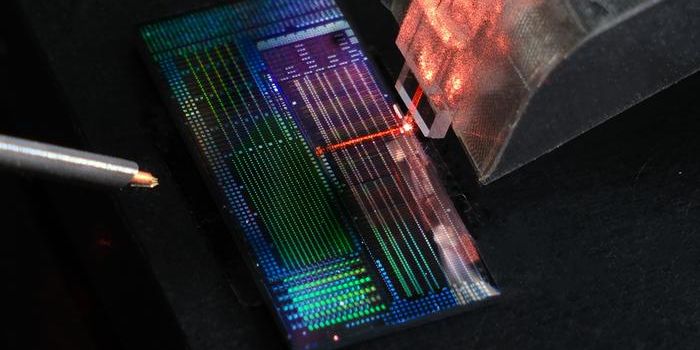Cyborg Technology Could Advance Diagnostics
Although it’s true, "cyborgs" are technically science fiction being the fact that they are part human and part robotic beings--the merge of human and robotic devices in the past decade is certainly as real as it can be.
Learn more:
One being the need of integrating electronics within the body for healthcare monitoring and other medical purposes. Such devices could monitor for tumor development or stand in for damaged tissues. As a result, researchers are reporting new coatings for robotic components that can integrate more easily.
"We got the idea for this project because we were trying to interface rigid, inorganic microelectrodes with the brain, but brains are made out of organic, salty, live materials," says David Martin, Ph.D., who led the study. "It wasn't working well, so we thought there must be a better way."
Findings were represented at the American Chemical Society (ACS) Fall 2020 Virtual Meeting & Expo.
"We started looking at organic electronic materials like conjugated polymers that were being used in non-biological devices," says Martin, who is at the University of Delaware. "We found a chemically stable example that was sold commercially as an antistatic coating for electronic displays." After testing, the researchers found that the polymer had the properties necessary for interfacing hardware and human tissue.
"These conjugated polymers are electrically active, but they are also ionically active," Martin says. "Counter ions give them the charge they need so when they are in operation, both electrons and ions are moving around." The polymer, known as poly(3,4-ethylenedioxythiophene) or PEDOT, dramatically improved the performance of medical implants by lowering their impedance two to three orders of magnitude, thus increasing signal quality and battery lifetime in patients.
Source: Science Daily









